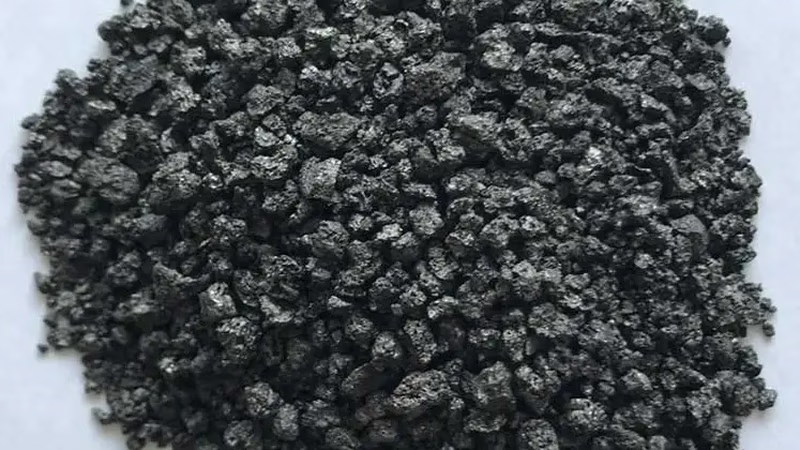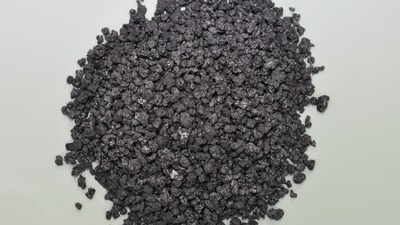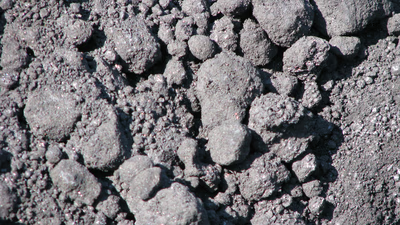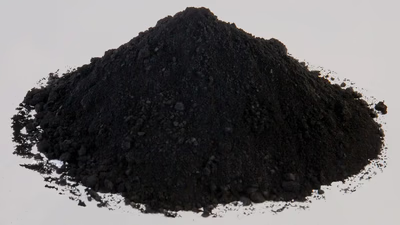
Petroleum coke production insights from major global producers.
The largest producers of petcoke in the world are typically countries with extensive oil refining capacities. The United States, China, India, Saudi Arabia, Brazil, Russia, Canada, and the European Union are prominent producers. Major oil companies such as ExxonMobil, Sinopec, Saudi Aramco, Petrobras, Rosneft, and others play significant roles in the production of petcoke. These producers cater to the growing demand for petcoke in various industrial applications, including energy production, cement manufacturing, and metals processing.
The U.S. has one of the largest refining capacities in the world, with numerous refineries producing significant quantities of petcoke. Major companies like ExxonMobil, Chevron, BP, and Valero are significant producers of petcoke in the United States. China has a large industrial sector that requires substantial energy inputs, and its refineries produce a considerable amount of petcoke to meet this demand. State-owned enterprises like Sinopec and China National Petroleum Corporation (CNPC) are among the top producers.
India's refining capacity has been expanding rapidly, making it one of the major producers of petcoke. Reliance Industries, Indian Oil Corporation (IOC), and Bharat Petroleum Corporation Limited (BPCL) are significant producers. Saudi Arabia, home to some of the world's largest oil reserves, has significant refining capacity, contributing to substantial petcoke production. Saudi Aramco is the primary producer of petcoke in Saudi Arabia. Several countries within the EU have substantial refining capacities, contributing to the region's petcoke production. Companies like Royal Dutch Shell, BP, and TotalEnergies operate refineries that produce petcoke.
While the Middle East is a significant producer of petroleum and has substantial refining capacities, it is not the largest producer of petroleum coke (petcoke) in the world. The largest producers of petcoke are primarily countries with extensive oil refining capacities, such as the United States, China, India, and several others. The Middle East region, including countries like Saudi Arabia, Iran, Iraq, Kuwait, and the United Arab Emirates, does contribute to global petcoke production, but it is not the leading producer. These countries have significant refining operations and produce petcoke as a byproduct of their oil refining processes. However, their production levels may vary over time based on factors such as oil production, refining capacity utilization, and market demand.
Meanwhile, Chinese companies Sino steel about 140 thousand tons, Petro china about 60 thousand tons and Baosteel, They produced about 50,000 tons of acerate coke. The United States, China, and Japan are the world's largest producers of acerate coke, followed by India, Russia, Germany, and the United Kingdom, the major producers of acerate coke and graphite electrodes. There are two companies in the world that produce needle coke from bitumen and coal tar. Both companies are located in Japan.
Brazil has a well-developed oil refining industry, with Petrobras being a major player in petcoke production. Petrobras is the leading producer of petcoke in Brazil. Russia's extensive oil refining industry also produces large quantities of petcoke. Major Russian oil companies like Rosneft and Lukoil are key producers of petcoke. Canada’s oil sands operations produce a significant amount of petcoke as a byproduct. Companies like Suncor Energy and Canadian Natural Resources are notable producers.
-

Petroleum coke (petcoke) is a carbon-rich solid derived from oil refining, widely used as fuel in various industries due to its high calorific value, which ranges from 7,500 to 8,500 kcal/kg. Its efficiency makes it suitable for processes requiring substantial heat, such as cement kilns and power plants. Petcoke is often more cost-effective than other fossil fuels like coal or natural gas, appealing to industries aiming to lower fuel expenses. Additionally, it serves in producing electrodes for aluminum and steel industries and can enhance the combustion efficiency of blended fuels. However, the use of petcoke presents challenges. Environmental regulations are tightening, potentially limiting its use and necessitating investments in emission control technologies. Public opposition arises from health and environmental concerns linked to petcoke combustion, which releases significant CO₂ and harmful pollutants like sulfur oxides and nitrogen oxides. These emissions can lead to air quality issues and contribute to climate change.
Furthermore, petcoke"s high sulfur content poses risks of acid rain formation and respiratory problems. Industries must also manage the ash produced during combustion, which requires additional infrastructure for proper disposal. Understanding the quality specifications of petcoke is crucial for effective utilization; poor choices can lead to inefficiencies and financial losses. "
-

Petroleum coke, with a carbon content of 85% to 95%, serves multiple industrial applications due to its high calorific value and efficiency as a fuel source. It is primarily utilized in steelmaking, aluminum smelting, and the production of carbon-based products. Calcined petroleum coke is particularly valuable for its electrical conductivity, making it essential for carbon and graphite electrodes in aluminum production. Additionally, petroleum coke is used in power generation and cement kilns, where its heat-generating properties are advantageous. The material can be categorized into raw (green) and calcined types; the latter is preferred for its lower sulfur and ash content. In the cement industry, petroleum coke"s sulfur content eliminates the need for additional sulfur in cement production. Furthermore, it acts as a carbon source in alloy industries and is involved in various high-temperature industrial processes. Its availability as a byproduct of petroleum refining makes it an economical choice for many sectors.
The ability to modify petroleum coke through calcination enhances its quality for specialized applications, while blending with other materials can optimize its properties. Overall, petroleum coke stands out as a cost-effective alternative to traditional fuels and carbon sources across diverse industries. "
-

Petroleum coke, or petcoke, is a carbon-rich solid produced during the oil refining process. It results from the thermal decomposition of heavy crude oil into lighter fractions like gasoline and diesel. Composed of 85% to 95% carbon, petcoke serves as a valuable fuel source for industrial applications requiring high heat. The production process involves coking, which converts heavy petroleum residues into gases, liquids, and solids with high carbon content. There are two main types of petroleum coke: calcined and fuel-grade. Calcined coke undergoes further processing to enhance purity and is primarily used in aluminum production and steelmaking. Fuel-grade coke is less pure and mainly utilized as fuel in power plants and cement kilns. The demand for petroleum coke is driven by increasing oil consumption and the need for efficient energy sources in various industries.
Its global trade involves bulk transportation, making it a significant commodity in the market. The physical properties of petcoke determine its applications across sectors such as energy generation, metal smelting, and cement manufacturing.
-

The largest producers of petroleum coke (petcoke) are primarily countries with significant oil refining capabilities, including the United States, China, India, Saudi Arabia, Brazil, Russia, Canada, and the European Union. Major oil companies such as ExxonMobil, Sinopec, and Saudi Aramco are key players in this sector. The U. S. leads in refining capacity and petcoke production due to its numerous refineries operated by companies like Chevron and BP. China’s industrial sector drives its high petcoke output through state-owned enterprises like Sinopec. India is rapidly expanding its refining capacity with Reliance Industries and Indian Oil Corporation as major contributors. Saudi Arabia"s vast oil reserves support substantial petcoke production primarily through Saudi Aramco.
While the Middle East has notable refining operations contributing to global petcoke supply, it does not lead in overall production compared to the U. S. , China, and India. The EU also plays a role in petcoke production with companies like Royal Dutch Shell involved in refining processes that yield petcoke as a byproduct. Other countries such as Brazil and Russia have well-established oil industries that contribute significantly to global petcoke output. "
-

Petroleum coke production in the Middle East is significantly influenced by the region"s oil refining capabilities, with major producers including Saudi Arabia, Iran, Iraq, Kuwait, and the UAE. The production rate varies based on oil output, refinery utilization, and market demand. Saudi Arabia leads with an estimated annual production of 5 to 10 million metric tons of petcoke, while Iran produces between 1 to 3 million metric tons. Kuwait also contributes significantly with similar production levels. The total petroleum coke output in the Middle East is estimated to range from 8 to 15 million metric tons annually. The aluminum industry is the largest consumer of petcoke globally, accounting for 76% of its usage. As demand for aluminum rises in the region, so does the need for petcoke. Modernization and expansion of refineries are expected to further boost production rates.
However, environmental regulations may pose challenges to production practices. "





